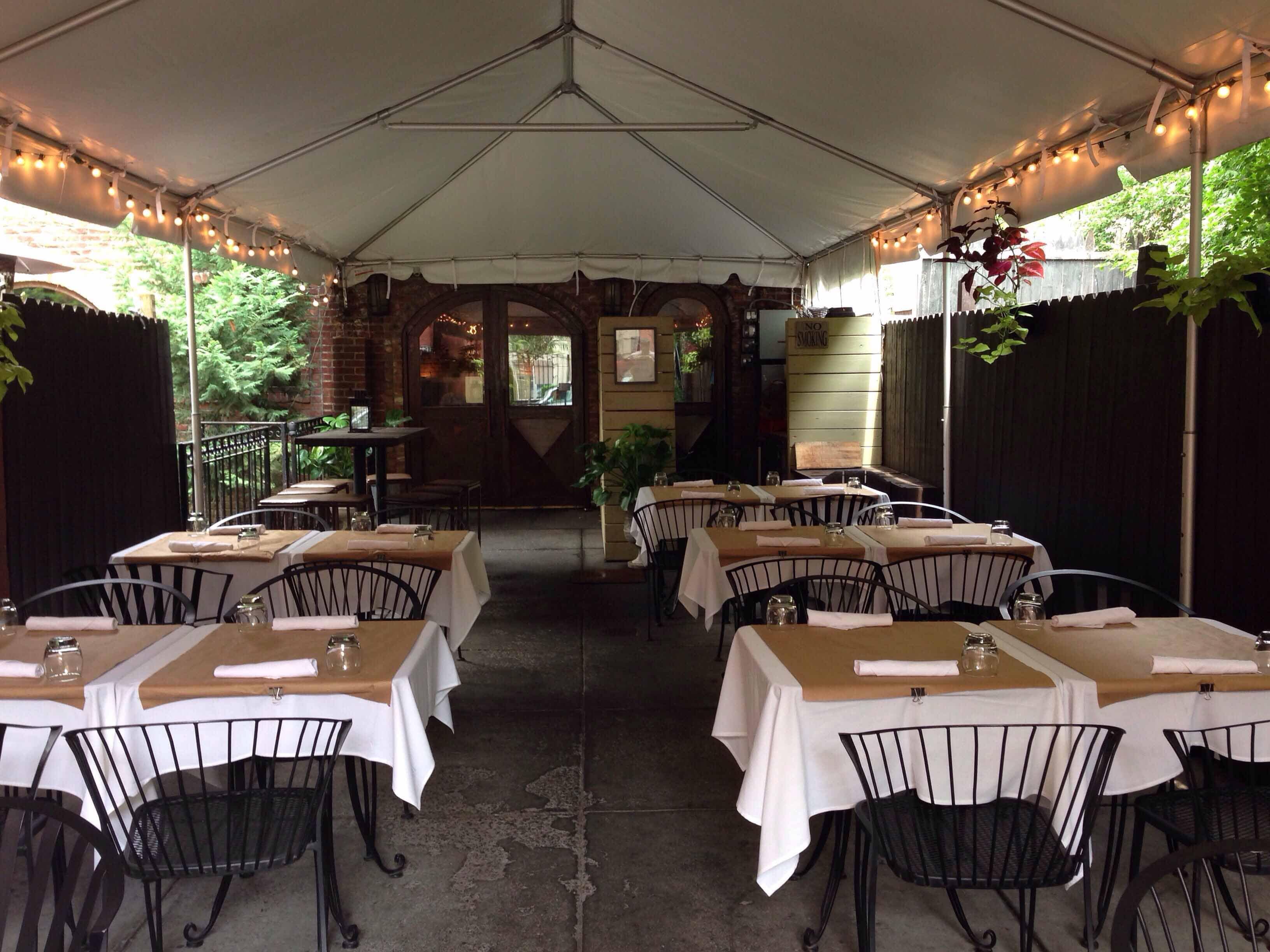

He also brings a unique appreciation of form and function thanks to a Master’s Degree in Art and Design.

The top seems a little damaged at this point, or maybe I just didn't to manage to brush all the dirt off, working in the dark.ĭocumented History (by the NGS) Unknown by NYBE+A (MONUMENTED)ĭESCRIBED BY NATIONAL GEODETIC SURVEY 1952ĪT NEW YORK. The bolt was 1/2 inch in diameter with a punch hole in the center. There was little oxidation of the bolt, perhaps because it was buried.Ī close up. Below that was about a foot of (thankfully) soft dirt with a few roots intruding.Īfter digging and probing, and digging and probing some more, I uncovered the corner of the granite monument with the copper bolt towards the center. The hole under the cover was about 18 inches deep. The cover was very easy to open by using my probe/screw driver. It was probably installed over this monument in 1904. A few of these old monument covers, used in the early 20th century, are still around. KU1279 "220" setting, Ocean Parkway, Brooklyn NY The man hole was found exactly as described in the 1952 recovery. This shows the stretch of side walk south of Avenue U on the east side of Ocean Parkway. This monument is the only surviving artifact of the Ocean Parkway baseline which was fundamental in enabling the triangulation.Īnd I found it today - how cool is that! KU1279 "220" setting, Ocean Parkway, Brooklyn NY There were 4 segments of about 330 feet each. The base line for the triangulation was about 13,000 feet carefully measured along Ocean Parkway and this was one of the segment points. But they didn't construct this monster sub-surface monument - it was left from the 1903 triangulation of NYC.

They set over 1100 bench marks in all, with numbers 178 to 504 in Brooklyn. Why was this special - this mark was surveyed in 1909 in the city's first 5-borough survey. I cleared more dirt and brushed away the surface, and sure enough, it was a copper bolt with a punch hole in the center, See the photos. I worked at removing more dirt towards the center of the granite and at last I uncovered something shiny. Remember, it was hard to see down into this hole since I tended to block my own light. I dug some more and managed to uncover a corner of whatever was down there and it looked like granite. So I dug and probed some more and finally hit bottom. I probed and found no bottom for at least 8 inches.

A regular trowel or small shovel would have been useless in this context. I returned today with a plastic scoop and some grocery bags to haul up the dirt. Last week I looked in and found the hole was about 18 inches deep under the cover with no sign of the mark below. On a New York City sidewalk, that's serious digging. The mark is a copper bolt set in a 6 inch square granite post anchored in a large concrete block - but it is 2.5 feet below the sidewalk level. The man hole cover is still there - it's about a foot square and easy to lift. The mark is sub-surface with an old Brooklyn Topographical Bureau man hole cover over it. I came by this location last week but decided to come back with a better way to do some digging. I was very pleased to recover this bench mark. Definitely a place to which I shall return in the spring. 220 Boltįound this pole in the spot of the marker, which is covered with snow at the moment. Very cool to find a real piece of New York City history. It is towards the upper right corner of the opening, as you face the street. The hinged door is opened easily and the bolt was under about an inch of fluffy dirt. Returned today and found the copper bolt.


 0 kommentar(er)
0 kommentar(er)
